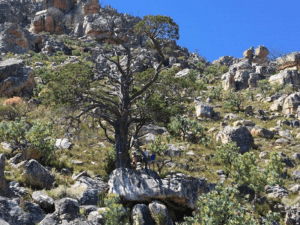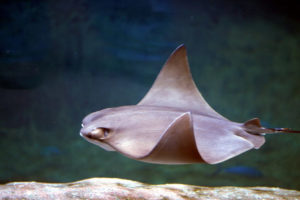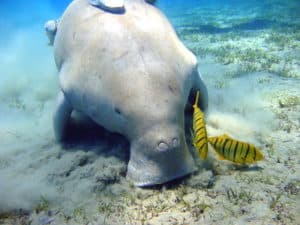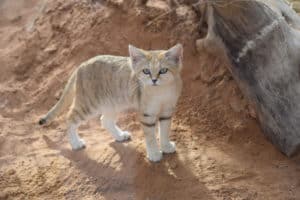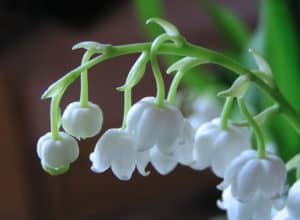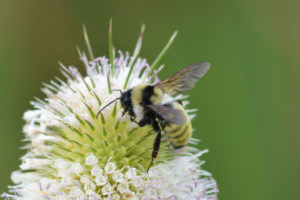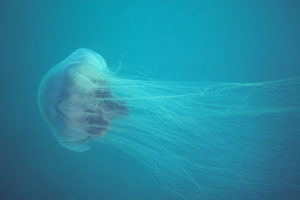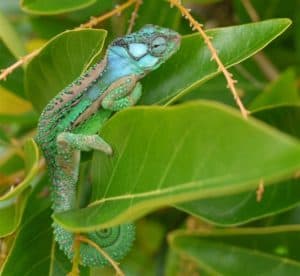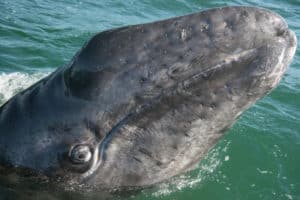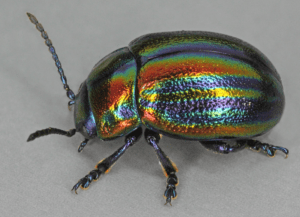Clanwilliam Cedar Facts Related Articles Clanwilliam Cedar Physical Description Although the fabulous Clanwilliam Cedar never fails to impress those who encounter it, the plant does not do so based on sheer physical size. Regardless of individual heights attained, though, the species represents an extremely slow-growing variety. The great majority of known individual specimens eventually attain […]
Cownose Ray
Cownose Ray Facts Related Articles Cownose Ray Physical Description Perhaps most notably, the beautiful Cownose Ray impresses for reasons other than sheer size. That’s because it ranks as one of the smaller known types of ray found throughout the world. This fact in no way detracts from the awesomeness of the creature, though In addition […]
Dugong
Dugong Facts Related Articles Dugong Physical Description Despite its quite impressive appearance, the Dugong remains a comparatively small marine mammal. This is due to its average length of only 9.8 ft (3 m), and a weight rarely exceeding 926 lb (420 kg). Further, the Dugong does exhibit a moderate degree of sexual dimorphism. Because of […]
Arabian Sand Cat
Arabian Sand Cat Facts Related Articles Arabian Sand Cat Physical Description Firstly, the Arabian Sand Cat represents a small species of a wildcat. It also seems to be highly adapted to its environment. It possesses a stocky build, with short legs and a rather long tail. Individuals generally show a light tan in color. Additionally, […]
Lily of The Valley
Lily of the Valley Facts Related Articles Lily of The Valley Physical Description The Lily of The Valley dazzles those who learn of it for more reasons than just its great visual appeal. That’s because it also constitutes a highly amazing species of herbaceous perennial plant by virtue of physical characteristics. That occurs partly due […]
Golden Northern Bumblebee
Golden Northern Bumblebee Facts Related Articles Golden Northern Bumblebee Physical Description Surprisngly, perhaps, the wonder of the Golden Northern Bumblebee does not extend to size. In fact, it actually constitutes a small variety of bumblebee. Sexual dimorphism plays a factor as well. Female workers reach 0.75 in (1.9 cm) in length, while male drones only […]
Lion’s Mane Jellyfish
Lion’s Mane Jellyfish Facts Related Articles Lion’s Mane Jellyfish Physical Description Without doubt, the most notable thing about the supremely gorgeous Lion’s Mane Jellyfish remains its sheer physical size. That’s because the impressive body of this invertebrate attains a maximum known width measuring about 7 ft (2.13 m). However, an average size for this remarkable species […]
Knysna Dwarf Chameleon
Knysna Dwarf Chameleon Facts Related Articles Source: http://bit.ly/2Fe5SDL Photo: JonRichfield CCL: http://bit.ly/2IjEG4n Knysna Dwarf Chameleon Physical Description Not surprisingly, as the common name implies, the Knysna Dwarf Chameleon constitutes a relatively tiny species. That remains true due to the simple fact that its overall length only averages about 5 in (12.5 cm). That measurement even […]
Gray Whale
Gray Whale Facts Related Articles Gray Whale Physical Description Most notably, the gorgeous Gray Whale is a large and impressive cetacean. Further, it also represents a species of baleen whale and the only known extant member of its family. Sexual dimorphism is also present, with males slightly larger in size than females. Males attain an […]
Rainbow Leaf Beetle
Rainbow Leaf Beetle Facts Related Articles Rainbow Leaf Beetle Physical Description Most notably, regardless of its extremely beautiful appearance, the Rainbow Leaf Beetle nevertheless remains a physically small variety of insect. Like many related creatures, it also displays a moderate degree of the principle of sexual dimorphism. Furthermore, in its case, this occurs in the […]
